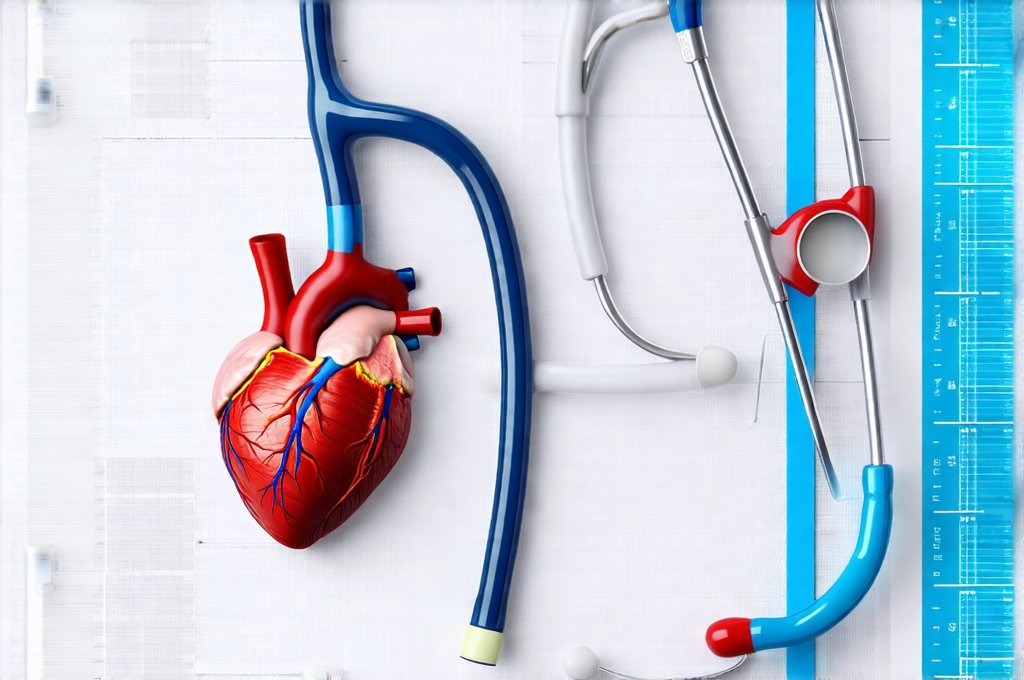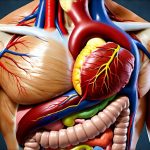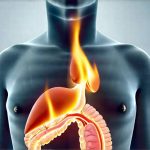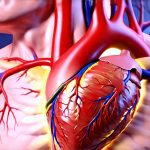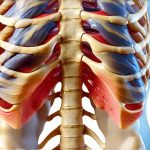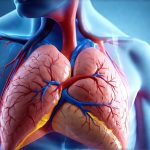Heartburn, that burning sensation in your chest after eating, is incredibly common. Most people experience it occasionally – perhaps after a spicy meal or a large portion of food. But when heartburn becomes long-standing, occurring frequently over weeks or months, it’s no longer just an annoyance; it signals something more might be going on and warrants investigation. Ignoring persistent heartburn can lead to complications, so understanding the best route for testing is crucial for your health and peace of mind. It’s important to remember that self-diagnosis isn’t a substitute for professional medical evaluation.
This article will explore a logical approach to testing long-standing heartburn, focusing on how healthcare professionals typically assess these symptoms and what tests might be recommended. We’ll discuss the reasoning behind each test, what it aims to identify, and generally what you can expect during the process. It’s designed to equip you with knowledge so you can have informed conversations with your doctor and actively participate in finding the root cause of your discomfort. Remember that every individual is different, and the specific testing route will be tailored to your unique situation and symptoms.
Understanding the Initial Assessment
The first step isn’t usually a complex test; it’s a thorough discussion between you and your healthcare provider. This initial assessment involves a detailed medical history review, focusing on the characteristics of your heartburn, any associated symptoms, and potential triggers. Expect questions about: – When your heartburn started – how long has this been going on? – How often you experience it – daily, weekly, or intermittently? – What makes it worse (certain foods, lying down, stress)? – What provides relief (antacids, lifestyle changes)? – Any other symptoms like regurgitation, difficulty swallowing, chest pain, or unexplained weight loss. – Your overall health history, including any existing medical conditions and medications you’re taking.
This detailed questioning helps your doctor narrow down the possible causes of your heartburn. It’s not always gastroesophageal reflux disease (GERD), though that is a common culprit. Other possibilities include hiatal hernia, esophagitis, peptic ulcer disease, or even less common conditions. The initial assessment also helps determine the urgency of further testing. Mild, infrequent heartburn might initially be managed with lifestyle changes and over-the-counter medications. However, persistent or severe symptoms require more investigation to rule out serious underlying issues. A careful history is often the most important diagnostic tool.
Finally, your doctor may recommend a trial period of proton pump inhibitors (PPIs), which are powerful acid-reducing medications. If your heartburn significantly improves with PPIs, it strongly suggests GERD as the cause. However, even if PPIs help, further testing might still be needed to assess the extent of esophageal damage or rule out other conditions. This is because relying solely on symptom relief isn’t always enough for a definitive diagnosis and long-term management plan. For those experiencing acid spikes, consider keeping best grocery items readily available.
Diagnostic Tests: A Closer Look
Once initial assessment and potentially a trial period with PPIs are completed, several diagnostic tests might be recommended to pinpoint the cause of your persistent heartburn. These tests vary in complexity and invasiveness, and your doctor will choose the most appropriate ones based on your individual situation. For daily routines that can help manage sensitive stomachs, review the best daily routine.
Endoscopy & Biopsy
Endoscopy, also known as esophagogastroduodenoscopy (EGD), is often the first-line diagnostic test for long-standing heartburn. This procedure involves inserting a thin, flexible tube with a camera attached into your esophagus, stomach and duodenum. It allows the doctor to directly visualize the lining of these organs, looking for signs of inflammation, ulcers, or other abnormalities. During endoscopy, small biopsies (tissue samples) can be taken from any suspicious areas. These biopsies are then examined under a microscope to identify specific causes, such as Helicobacter pylori infection, Barrett’s esophagus, or esophageal cancer.
The procedure itself is generally well-tolerated, although some patients may experience mild discomfort. You will typically receive sedation to help you relax during the endoscopy. Before the procedure, you’ll need to fast for several hours and follow specific instructions from your doctor. The results of the endoscopy are usually available within a few days, providing valuable information about the condition of your digestive tract. Endoscopy is considered a gold standard for diagnosing esophageal disorders.
Importantly, even if an endoscopy comes back normal, it doesn’t necessarily rule out GERD. Some people have “silent reflux,” where acid reaches the esophagus without causing noticeable symptoms or visible damage. In these cases, further testing may be necessary to confirm the diagnosis. This is why proper hydration strategies are important even outside of testing periods.
Ambulatory Reflux Monitoring
If endoscopy is unremarkable but your heartburn persists, ambulatory reflux monitoring might be recommended. This test measures the amount of acid in your esophagus over a 24-hour period (or sometimes longer). There are two main types: – Impedance-pH monitoring – this method detects both acid and non-acid reflux events. It’s more sensitive than pH monitoring alone because it can identify reflux even if the fluid isn’t acidic. – Traditional pH monitoring – this measures only the acidity of the refluxed material.
A small catheter is inserted through your nose into your esophagus, where it remains for the duration of the test. You will be asked to keep a diary of your activities, meals, and symptoms during the monitoring period. The data collected from the monitor helps identify when and how often you’re experiencing reflux episodes. This information can help determine if your heartburn is related to acid exposure, non-acid reflux, or both. Ambulatory reflux monitoring provides objective data that complements the subjective experience of heartburn.
Esophageal Manometry
Esophageal manometry measures the pressure and coordination of muscle contractions in your esophagus when you swallow. It helps assess esophageal motility – how well food moves down your digestive tract. This test is often used to evaluate conditions like achalasia (difficulty swallowing due to a malfunctioning lower esophageal sphincter) or esophageal spasms. A thin, flexible tube with sensors is inserted through your nose into your esophagus.
During the manometry, you will be asked to swallow sips of water while the pressure in your esophagus is recorded. The results can help determine if there are any problems with the muscles of your esophagus that might contribute to heartburn or difficulty swallowing. Manometry isn’t always necessary for diagnosing GERD, but it can be helpful in cases where the symptoms are atypical or don’t respond to standard treatments. It’s a more specialized test and is typically reserved for patients who need further evaluation beyond endoscopy and reflux monitoring. Choosing best cooking methods can also help reduce discomfort during and after meals.
Ultimately, the “best” testing route is individualized. Your doctor will consider your specific symptoms, medical history, and initial assessment findings to determine which tests are most appropriate for you. The goal isn’t just to diagnose the cause of your heartburn but also to develop a personalized treatment plan that effectively manages your symptoms and prevents complications. Remember to openly communicate with your healthcare provider throughout this process and ask any questions you may have about the testing procedures or results. Consider eating out without discomfort by following established best practices. Also, explore options for using best cooking oils to minimize gas production when preparing meals.

